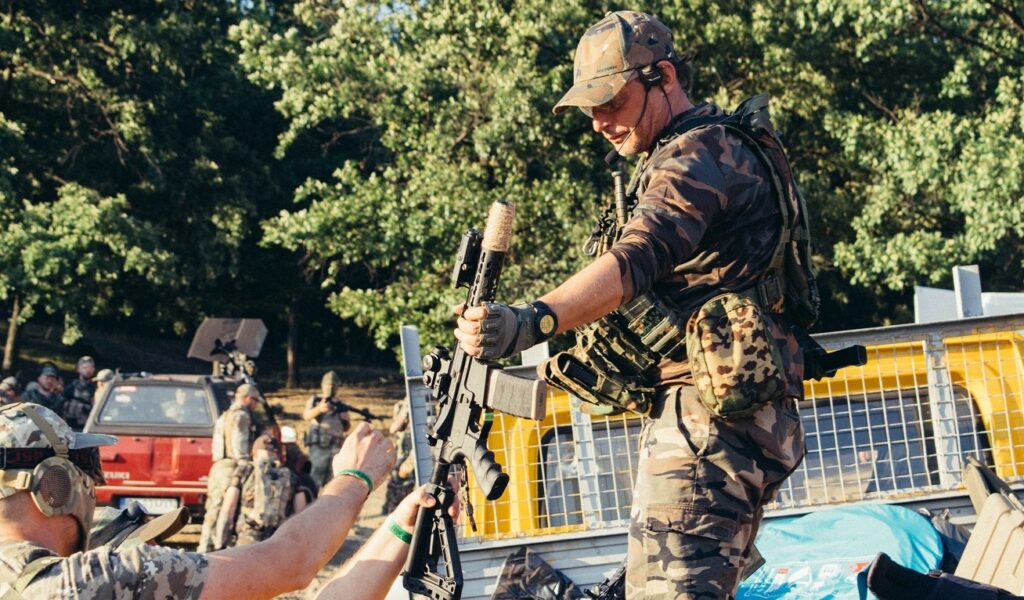
How to Choose the Right Body Armor for Educators
In today’s world, it’s essential that we not only protect our troops and law enforcement but also our teachers. With school shootings happening more frequently, teachers and schools need to be prepared. Body armor for teachers is becoming an increasingly important topic of discussion. In this blog post, we will discuss how to select the right body armor for teachers so that we can protect our educators and our children.
1. Soft versus hard body armor: When selecting body armor for teachers, it’s important to understand the difference between soft and hard body armor. Soft body armor is lightweight and can be worn under clothing, making it a good choice for teachers who need to be mobile. Hard body armor is heavier and more protective, but may not be as practical for teachers who need to move quickly around a classroom. Understanding the pros and cons of each type of body armor will help you make the best decision for your needs.
2. Ballistic protection: Body armor for teachers should have some level of ballistic protection. This means that the armor can stop bullets, keeping the wearer safe. Different types of body armor will have different levels of ballistic protection, ranging from Level I to Level IV. The level of protection needed will depend on the threats facing the school and the area in which it is located.
3. Comfort and fit: If body armor is uncomfortable, teachers will be less likely to wear it consistently. For this reason, it’s important to select body armor that is comfortable and fits well. This will ensure that teachers are protected and able to move around the classroom easily. Additionally, some body armor may be more suitable for certain body types than others, so it’s important to try different options until the right one is found.
4. Concealment: While some schools may prefer that body armor is visible, other schools may want it to be concealed. If concealment is a priority, then selecting body armor that can be worn under clothing should be considered. This will allow teachers to blend in and not draw attention to themselves while still being protected.
5. Budget: Finally, it’s important to consider the budget when selecting body armor for teachers. While protecting teachers is essential, schools may not always have the financial resources to purchase the highest level of body armor. It’s important to balance the need for protection with the available funds. For this reason, it’s important to shop around and compare prices and features before making a final decision.
Body armor for teachers is an increasingly important topic of discussion, and selecting the right type of armor can make all the difference in keeping teachers safe. Understanding the different types of body armor, ballistic protection, comfort and fit, concealment, and budget are all key factors to consider when selecting body armor for teachers. By finding the right balance between these factors, we can ensure that our teachers and schools are protected, providing peace of mind to both educators and parents. As an expert in military and law enforcement tactics and gear, I highly recommend taking the necessary measures to protect our teachers and our children in schools.
For more articles, please click here.